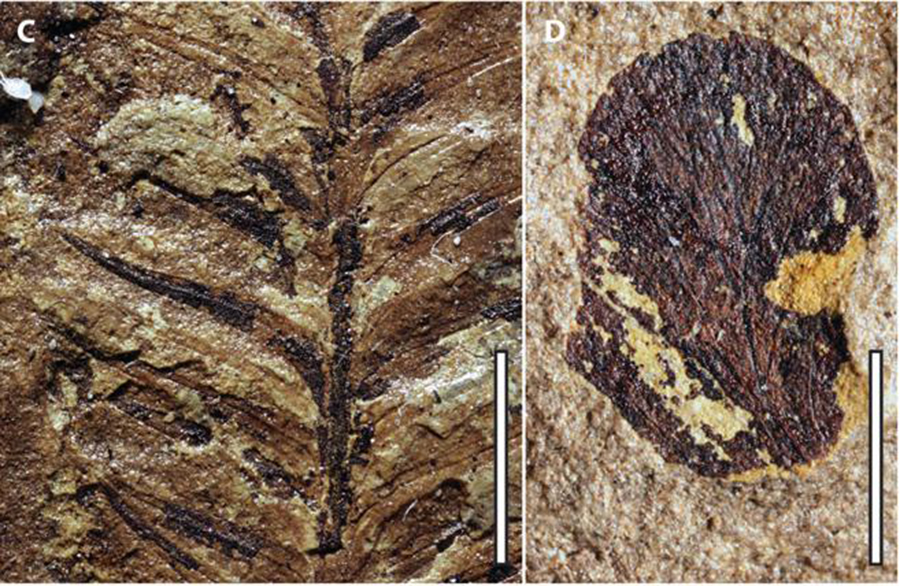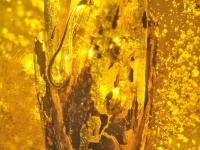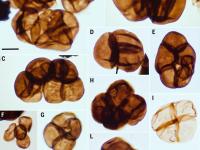Utah Tree Fossil Sets Paleontology Record Back 15 Million Years

A paper published on Spetember 2018, reports that a recent fossil discovery in Central Utah is changing what researchers know about the emergence of large flowering trees both here in the Mountain West, and around the world.
In 2014, a group of researchers found a large petrified log in an area of Central Utah called the Ferron Sandstone. It wasn't just any petrified log — it was a fossilized tree that in life would have stood over 150 feet tall.
Scott Williams is a paleontologist who helped make the discovery. He co-authored the paper in the journal Science Advances. Williams said the tree was unexpected for its size and what it was: a flowering tree, known as an angiosperm.
“This pushes the date of when we first start seeing these really big trees — angiosperm trees — back by about 15 million years,” Williams said.
It’s also significant because flowering plants had a big impact on their ecosystem, according to Randy Irmis, the curator of paleontology for the Natural History Museum of Utah.
“All of a sudden you have all of these social insects like bees and wasps and ants and things. And there’s even been suggestions that they affected dinosaurs,” Irmis said.
The paper’s author Scott Williams said the discovery helps create a window into plant species 92 million years ago.
This story was produced by the Mountain West News Bureau, a collaboration between Wyoming Public Media, Boise State Public Radio in Idaho, Yellowstone Public Radio in Montana, KUER in Salt Lake City and KRCC and KUNC in Colorado.
Source: www.wyomingpublicmedia.org








